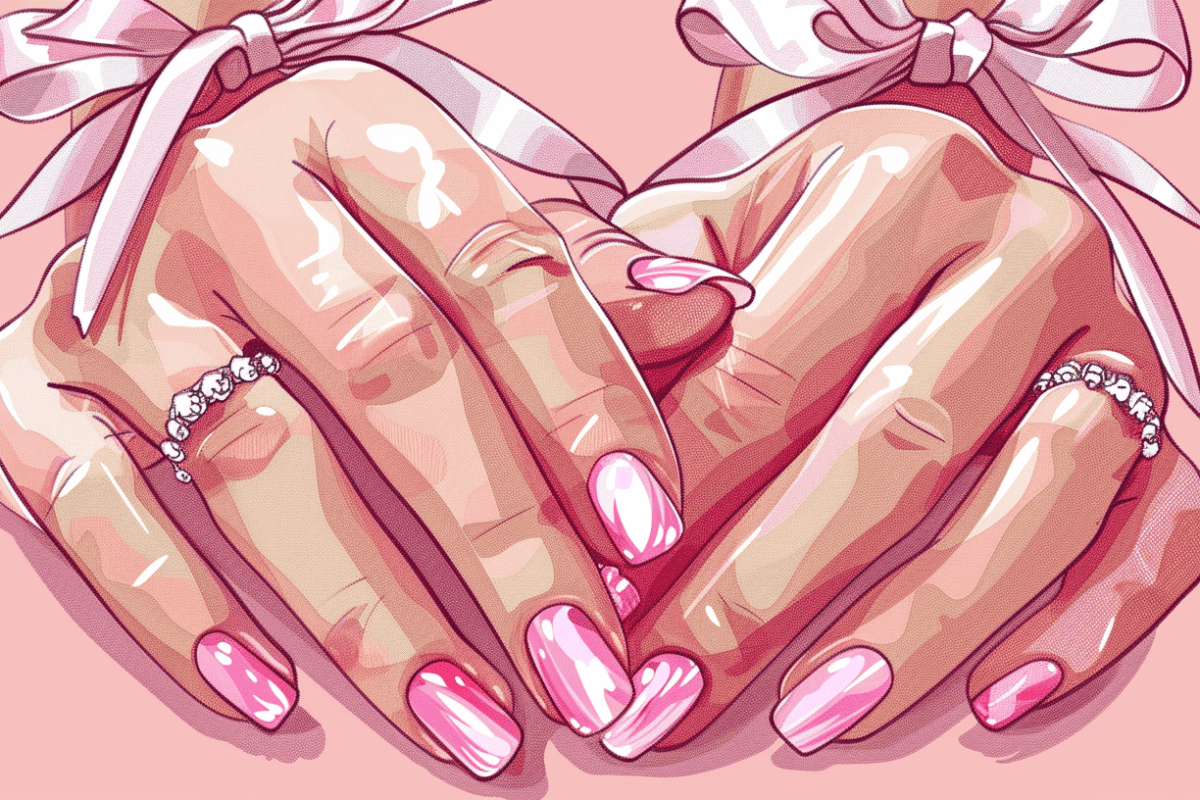A yeast infection is a common fungal infection that targets the genital area. Common symptoms include pain, itching, and discharge. The most common cause of a vaginal infection is the yeast called Candida Albicans. However, other types of yeasts can also be accountable.
Genital yeast infections can be a pain in the you-know-what! It’s not only women who suffer from these pesky minor bugs. Men also get genital yeast infections, and it is even more common.
Risk factors that increase your chances of becoming infected include:
- Being overweight
- Poor hygiene practices like not washing after using the washroom
- Wearing tight underwear. They allow germs easy access through tiny pores where they breed, etc.
What are the best ways to treat a yeast infection at home? There’s no one-size-fits-all yeast infection medicine. However, there is an assortment of remedies that work for many people.
Keep reading to find what is more effective for your body type!
1. Over-The-Counter Medications
Common over-the-counter medication is reliable in treating yeast infection symptoms. The most common yeast infection medication is an antifungal cream or pessary. You don’t need a prescription to buy at local pharmacies and drugstores. You can also order online from trusted websites.
When deciding what kind of product you want, think about how you will use it. Some treatments are for external use only, while others can receive treatment through ingestion. They treat the vaginal yeast infection using a single-day treatment, three days, or a week-long application.
Internal use is the most effective and offers instant yeast infection treatment. These contain potent azoles with an 80% success rate in curing them!
2. Boric Acid
Women with a yeast infection may want to try vaginal boric acid capsules. These are often helpful for people who have had problems in the past. One can use them regularly. It is unlike some over-the-counter treatments that need reapplication every day or so.
Centers for Disease Control and Prevention (CDC) recommends a 600 mg dosage of boric acid. It is taken in the form of capsules inserted vaginally daily. The dosage should last for two weeks. We recommend that you consult with your doctor before using any suppositories.
One research paper found that women can use boric acid in conjunction with flucytosine. The results successfully treated 70% of vaginal yeast infections among ladies. This study majored in those who did not respond to azole-based antifungal treatments.
3. Tea Tree Oil
Tea tree oil is an antifungal essential oil used for centuries. Before, doctors used it to treat skin conditions like psoriasis and athlete’s foot. Today it is showing promising results as a treatment option against yeast infections. It was found effective in killing several types of yeast, including Candida albicans.
There’s hope for those suffering from vaginal yeast infections. Tea tree oil is a powerful irritant to the skin and can irritate some people. This may not be an issue for most users, still, they should still apply careful attention when using it.
Tea tree oil is a potent anti-inflammatory and can be an allergen for some people. Apply dime-sized drops on your elbow to test it on your skin. Observe how it reacts in 12 – 24 hours. You can only apply it at higher concentrations near genital herpes labia if there is no reaction.
The drug-resistant strain of Candida Albicans might infect some women. They should opt for the active ingredient in tea tree oil.
4. Probiotic Supplements
Have you ever experienced the discomfort of a yeast infection? Probiotic supplements can help provide natural relief. You’ll find them at your local pharmacy or health store on websites.
Manufacturers and brands offer specialized supplements designed for the female reproductive system. These are either ingested or inserted through the vagina. The supplements balanced out the composition of yeast and bacteria.
In a 2012 study, they worked with robust yeast infections caused by genital herpes.
The women were given the option to insert probiotics into their vaginas. Close to 87% reported a reduction in symptoms, and 70 percent had complete relief!
The treatment plan also eliminated Candida albicans long term even after taking it stopped. However, note that it is not a herpes cure.
The patient was required to take one pill every night for seven days. This was followed by inserting it into their vagina once per three weeks. Later, they could treat themselves with the medication. Usage was on an occasional preventive maintenance basis.
Evidence indicates probiotic Lactobacillus can boost the success of antifungal medications. This is especially true for ladies suffering from vaginal yeast infections.
5. Natural Yogurt
Yogurt is an excellent source of probiotics. It contains healthy bacteria that help bring back the body’s microorganisms balance. This helps with many health issues like a vaginal yeast infection. They are primarily found in non-flavored, unsweetened, and natural yogurts.
Many people have reported relief from yeast infections after taking probiotics. One study found that some healthy bacteria were able to combat candida Albicans. The researchers highlighted limitations in their research. They still believe these supplements may be worth trying if you suffer frequently.
6. Coconut Oil
Coconut oil has antimicrobial and antifungal properties. They make it a powerful weapon against the fungal infection of Candida albicans. It is often applied externally. They do not pose risks associated with pharmaceuticals, such as allergic reactions.
Warmed coconut oil is an excellent carrier for tea tree or oregano essential oils. They have more potent medicinal properties than merely antiseptic qualities.
Coconut oil is a popular product that can be found in many stores. It’s important to compare prices and read the label carefully before purchasing. There are specifically formulated brands for cooking versus skincare. So, know which one will work best with your needs!
7. Oregano Oil
The most common oregano oil has origanum marjoram as the main ingredient. It does not have any unique properties. But, the wild, untamed oregano has two potent ingredients. These include carvacrol and thymol. They are effective in killing fungal infections.
Research reveals the potency of wild oregano oil. It has been used to stop the spread of Candida albicans. Pharmacies offer wild oregano oil in the form of capsules. Before use, consult with your gynecologist first.
Closing Thoughts
These remedies have antifungal properties that can help to fight the infection. However, note that there is no scientific evidence to support their effectiveness. If you are unsure about which treatment to use, speak with your doctor or a licensed health care provider.
They will also test you for heroes on the vagina. The best way to treat a vaginal yeast infection is to find a method that works for you. The process should also be comfortable.
This post has been sponsored by LinkDoctor
Digital Health Buzz!
Digital Health Buzz! aims to be the destination of choice when it comes to what’s happening in the digital health world. We are not about news and views, but informative articles and thoughts to apply in your business.


